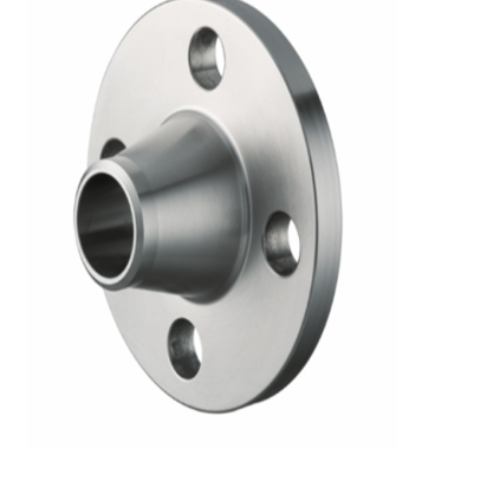Understanding the Functionality and Applications of Pneumatic Butterfly Valves in Industry
Understanding Pneumatic Butterfly Valves Design, Functionality, and Applications
Pneumatic butterfly valves are essential components in various industrial processes, playing a critical role in flow control. These valves utilize pneumatic power to operate a disc (or butterfly) that rotates to modulate the flow of fluids, including gases, liquids, and slurries. The simplicity of their design, combined with effective operation in diverse environments, has made them popular in many sectors, including water treatment, chemical processing, and HVAC systems.
Design Characteristics
The construction of a typical pneumatic butterfly valve consists of a few key components the body, the disc, the actuator, and the seat. The body is usually made from materials such as stainless steel, cast iron, or polymer depending on the application and the type of fluid being handled.
The disc is a flat circular plate that pivots around a central shaft. When the actuator rotates the disc, it can either fully open or close the flow path, allowing for precise control of the fluid flow. The seat, typically made from rubber or other elastomers, ensures a reliable seal when the disc is in the closed position, preventing any leakage.
Pneumatic actuators provide the necessary power to open and close the valve. Generally, they are powered by compressed air, making them efficient and responsive. Depending on the specific configuration, the actuator can be single-acting or double-acting. Single-acting actuators use a spring return mechanism to close the valve when air pressure is removed, while double-acting actuators require pneumatic pressure in both directions for operation, providing greater control and quicker response times.
Functionality
The operation of a pneumatic butterfly valve is straightforward yet effective. When air is supplied to the actuator, it rotates the disc either to the open or closed position. The valve is designed to provide rapid on/off control with minimal pressure drop across the valve when fully opened. This attribute is crucial in applications where space and energy efficiency are vital.
pneumatic butterfly valve

One of the primary advantages of a pneumatic butterfly valve is its ability to handle a large volume of flow with relatively compact design dimensions. This makes them ideal for situations where space is constrained. Furthermore, because they can be operated remotely and automate control processes, they provide additional convenience and efficiency in various industrial settings.
Applications
Pneumatic butterfly valves are widely used across different industries. In water and wastewater management, they regulate the flow of water in treatment plants, ensuring effective filtration and distribution. In chemical processing, they help control the flow of hazardous or corrosive fluids, offering reliable performance under extreme conditions.
In HVAC systems, pneumatic butterfly valves manage airflow in ducting, ensuring proper ventilation and thermal control in facilities. Their efficiency in modulating flow pathways lends itself well to both commercial buildings and industrial plants, where precise temperature and air pressure need to be maintained.
Moreover, pneumatic butterfly valves find their place in the food and beverage industry, where they handle liquids and gases in a hygienic manner. The robustness of materials used in their construction allows for easy cleaning and maintenance, adhering to strict regulatory standards for food safety.
Conclusion
Pneumatic butterfly valves are a vital part of modern industry, combining durability with efficient operation. Their design promotes quick response times and low-pressure drop, making them indispensable in various settings. As industries continue to seek cost-effective and reliable solutions for fluid control, the importance and applicability of pneumatic butterfly valves will only grow.
In summary, understanding the components, functionality, and applications of pneumatic butterfly valves helps underscore their value across different sectors, from chemical manufacturing to building management systems. Their significance in ensuring smooth operation and flow efficiency in countless industrial processes serves as a testament to the ingenious design and engineering behind these essential devices.
-
The Key to Fluid Control: Exploring the Advantages of Ball Valves in Industrial SystemsNewsJul.09,2025
-
The Versatile World of 1, 2, and 3 Piece Ball ValvesNewsJul.09,2025
-
Stainless Steel Ball Valves: The Ideal Choice for Efficient Flow ControlNewsJul.09,2025
-
Optimizing Fluid Control with Ball Float ValvesNewsJul.09,2025
-
Manual Gate Valves: Essential for Control and EfficiencyNewsJul.09,2025
-
Everything You Need to Know About Butterfly ValvesNewsJul.09,2025
-
The Versatility of Wafer Type Butterfly ValvesNewsJul.08,2025




